Rising Tide of Anti-Gay Hate Crimes
We're examining whether the theory that anti-gay hate crimes are on the rise holds any water, and what we're finding is not only troubling but demands our immediate attention. Through our exploration, we've begun to uncover patterns and trends that suggest these incidents aren't just increasing in number but are becoming more violent in nature. This rising tide of hatred and aggression against the LGBTQ+ community poses a complex challenge that intertwines societal attitudes, legal frameworks, and the very fabric of our communities. To truly grasp the magnitude and implications of this issue, we must look beyond the surface and understand the forces driving this alarming trend.

Key Takeaways
- Hate crimes against the gay community have significantly increased, indicating a need for societal and legal intervention.
- LGBTQ+ individuals, particularly those of color, disproportionately suffer from these crimes, highlighting an urgent need for targeted support and protection.
- Underreporting of hate crimes masks their true extent, complicating efforts to address and prevent them effectively.
- A multifaceted approach involving legal reforms, community support, and education is essential to combat the rising tide of anti-gay hate crimes.
Understanding Hate Crimes

Hate crimes, acts of aggression towards individuals based on aspects like their sexual orientation or gender identity, undermine our society's principles of equality and respect. We recognize these actions—ranging from physical violence to verbal abuse—not only harm their direct victims but also instill fear and hostility within marginalized communities. They're a stark reminder of the ongoing struggle for acceptance and equality faced by many. As we endeavor to serve and uplift those around us, understanding the nature and impact of hate crimes is vital. We're committed to addressing these injustices, promoting a culture of empathy and inclusion. By standing together against hate, we can foster a more understanding and accepting society for everyone, regardless of who they love or how they identify.
Statistical Overview
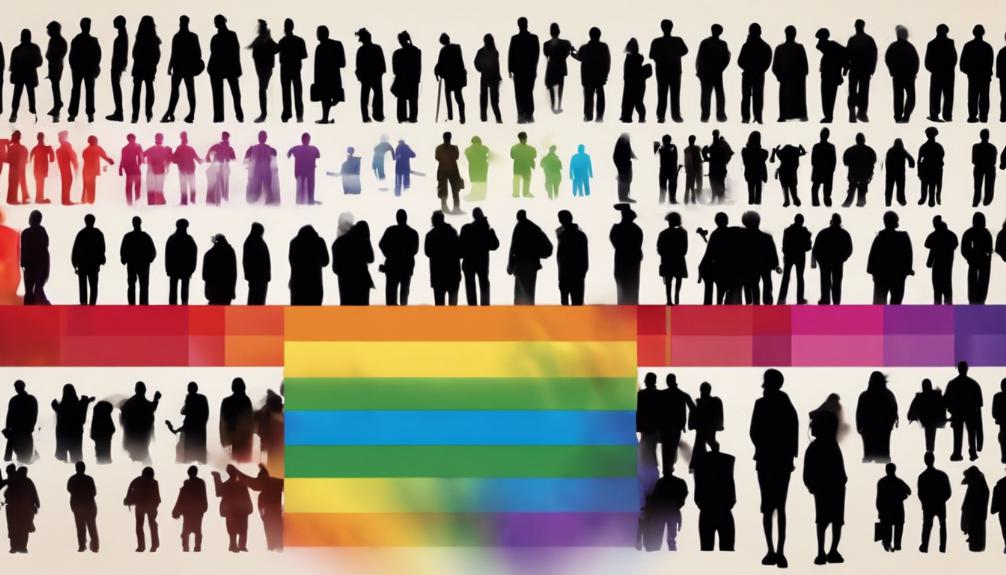
Delving into recent studies, we find that reported hate crimes against the gay community have seen a troubling uptick. This rise isn't just a number; it's a reflection of the increased hostility and danger our LGBTQ+ peers face daily. Our analysis reveals that while awareness and reporting mechanisms have improved, the surge in incidents cannot be ignored. We're talking about not just physical violence but also verbal abuse, intimidation, and property damage aimed at individuals simply for their sexual orientation.
It's crucial we recognize this increase as a call to action. We must rally together, offering our support, advocacy, and resources to those affected. By understanding the data, we're better equipped to protect our community and counteract this wave of hate with solidarity, love, and unwavering support.
Key Findings
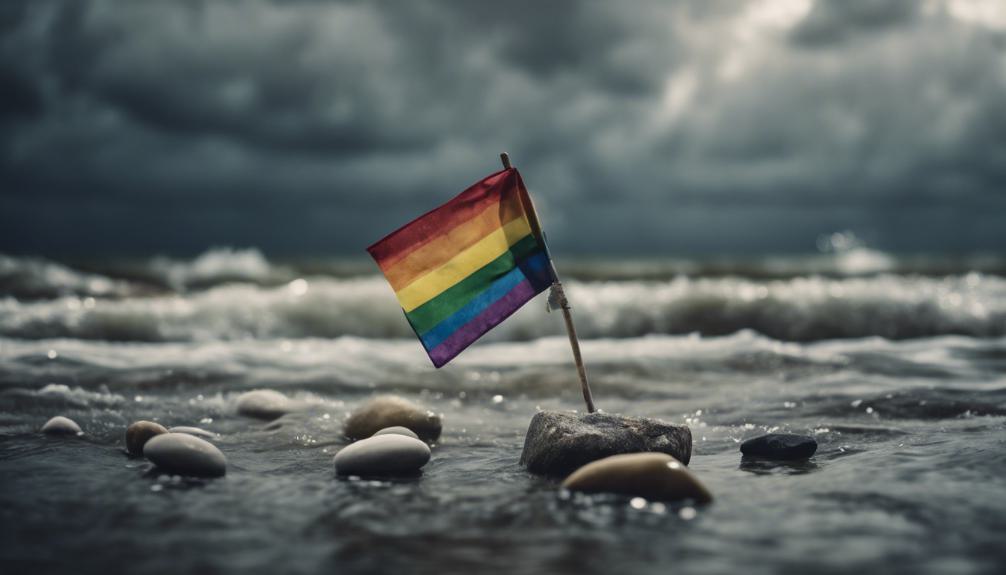
After examining the statistical surge in incidents, we now focus on the critical findings that shed light on this disturbing trend. We've discovered an alarming increase in reported hate crimes against gays, highlighting an urgent need for our collective action. Our analysis reveals that LGBTQ+ people of color, particularly transgender individuals, face a disproportionate impact, suffering more frequent and severe incidents. Additionally, we've identified significant geographical variations, indicating that some regions are hotspots for these heinous acts. It's clear that advocacy, education, and heightened awareness are paramount. We're committed to addressing these issues head-on, championing the rights of the LGBTQ+ community, and fostering a more inclusive society. Our dedication to serving others drives us to confront this challenge with unwavering resolve.
Underreporting Challenges
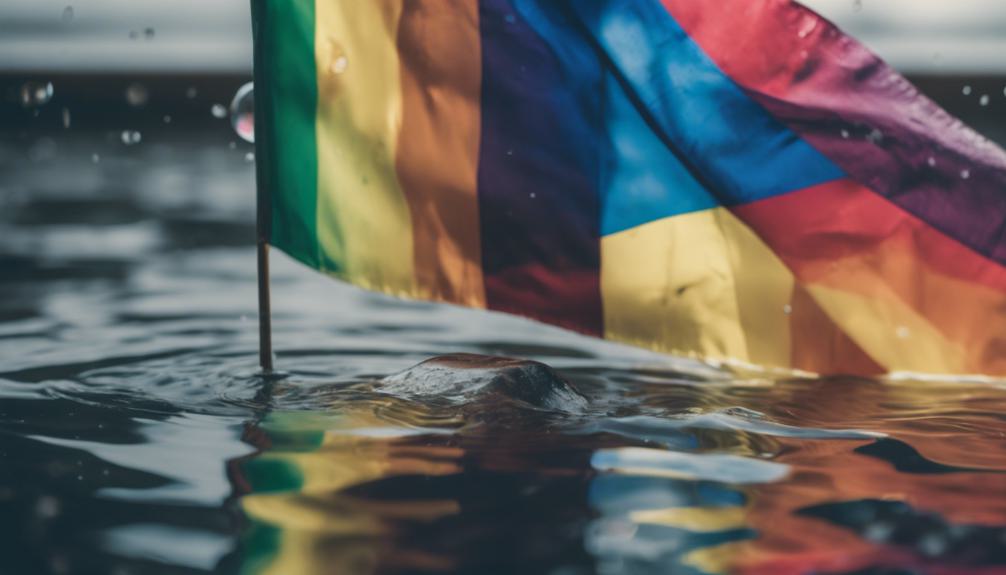
Despite progress in awareness, we're still grappling with the significant issue of underreported hate crimes against the LGBTQ+ community. Many victims hesitate to come forward due to fear of retribution, lack of trust in the authorities, or the stigma attached to their identity. This silence masks the true extent of hate crimes, making it challenging for us to address and combat this violence effectively. We're committed to creating a supportive environment where everyone feels safe to report these incidents. By enhancing trust between the LGBTQ+ community and law enforcement, and by advocating for more inclusive policies, we can encourage more victims to speak out. It's vital for us to understand the full scope of the problem if we're to offer meaningful support and make a lasting difference.
Impact on LGBTQ+ of Color
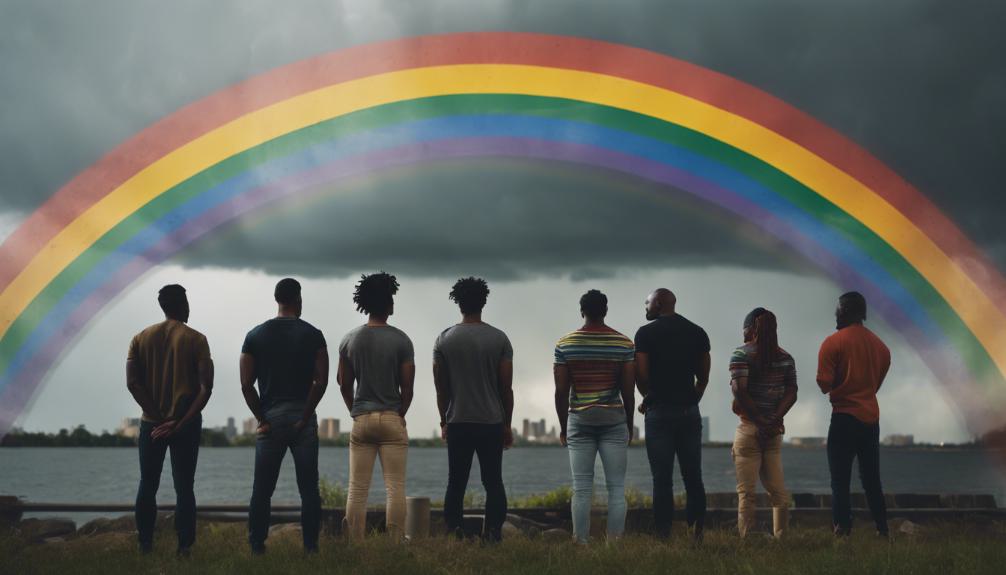
LGBTQ+ individuals of color face a particularly harsh reality, enduring a disproportionate number of hate crimes compared to their white counterparts. We're confronted with a dual burden: discrimination based on both our sexual orientation or gender identity and our race or ethnicity. This intersectionality amplifies our vulnerability, leaving us more susceptible to violence and abuse. It's not just about the physical attacks; the emotional and psychological toll can be devastating, affecting our sense of safety and well-being. We need to come together to support each other, advocating for stronger protections and raising awareness about the unique challenges we face. It's essential that we foster environments where diversity is celebrated and hate is unequivocally condemned. Only then can we hope to see a decrease in these heinous acts.
Geographical Variations
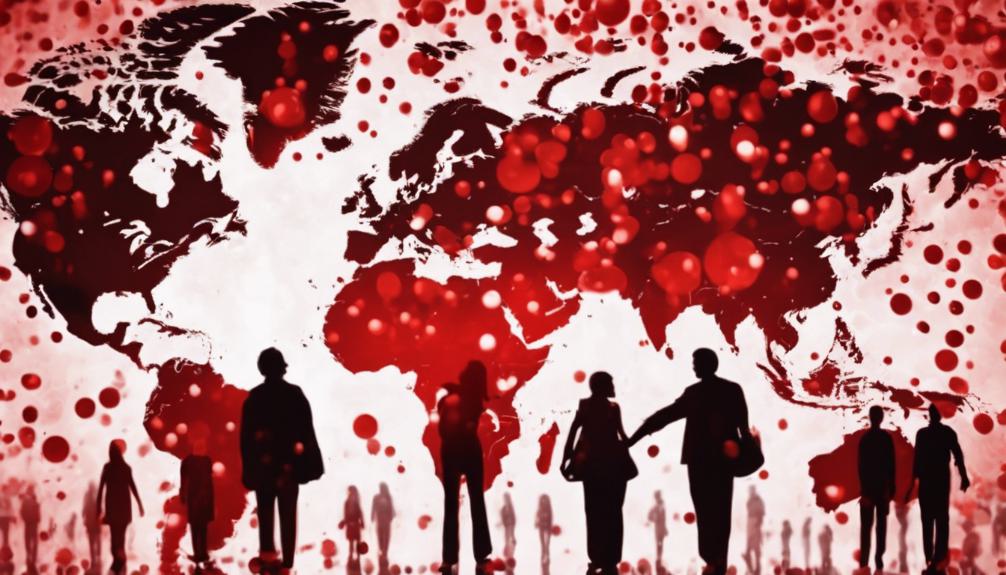
Hate crimes against gays vary greatly across different regions and countries. In some areas, progressive laws and social attitudes foster safer environments for LGBTQ+ individuals. Yet, in others, conservative policies and societal norms contribute to higher rates of hate crimes. We've observed that urban centers with diverse populations and active LGBTQ+ advocacy groups often report a lower incidence of hate crimes compared to rural areas where visibility and community support may be lacking.
This geographical disparity highlights the need for targeted interventions. By understanding the specific challenges faced by LGBTQ+ individuals in various locales, we can tailor our efforts to combat hate crimes more effectively. It's important for us to join hands and offer our support, ensuring safe spaces for everyone, regardless of where they live.
Advocacy and Education
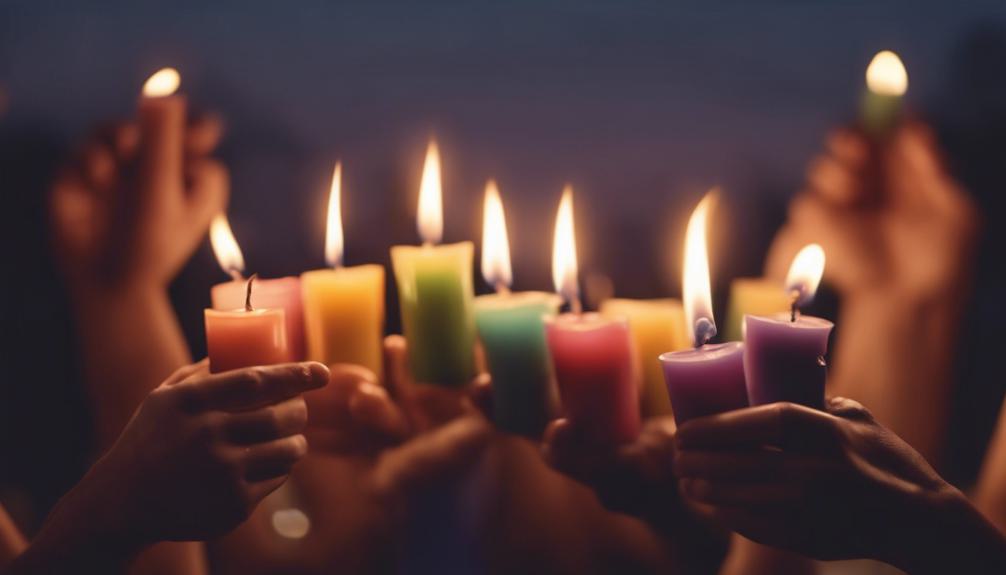
Understanding the regional challenges faced by LGBTQ+ individuals sets the stage for us to explore how advocacy and education play pivotal roles in combating hate crimes. We're seeing that informed communities are better equipped to support victims and challenge discriminatory behaviors. Through educational programs, we're not just spreading awareness but also fostering empathy and understanding. It's essential for us to create safe spaces where conversations about sexual orientation and gender identity can occur without fear of judgment or violence. These efforts empower allies and members of the LGBTQ+ community alike, making it clear that hate has no place in our society. By championing these causes, we're not only addressing the immediate issue of hate crimes but also contributing to a broader culture of acceptance and respect.
Multifaceted Approach Needed
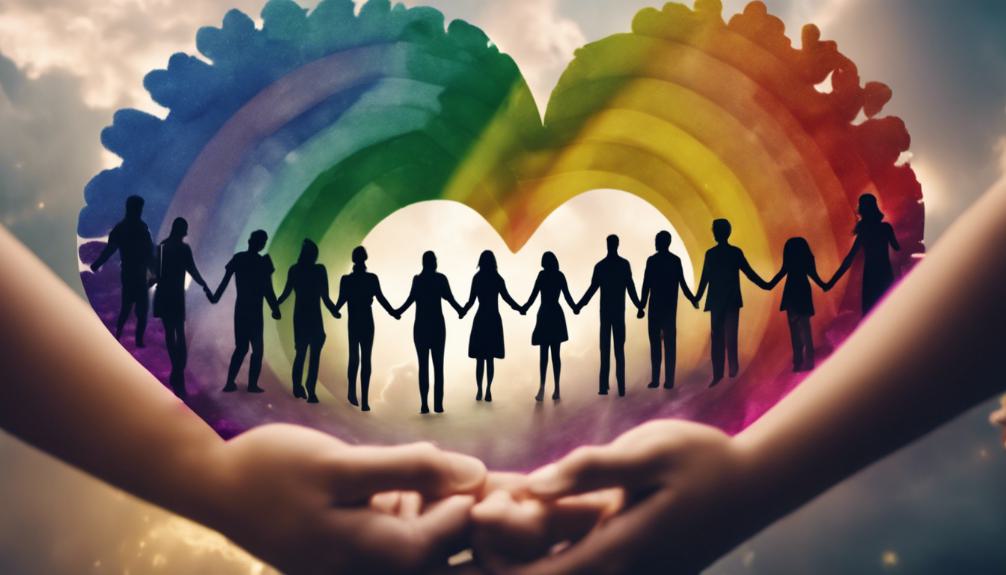
To effectively tackle the rise in anti-gay hate crimes, we must adopt a multifaceted approach that includes legal reforms, community support, and educational initiatives. We've seen the statistics; the numbers don't lie. Hate crimes against our gay community members are increasing, and it's up to us to stand in solidarity and demand change. By pushing for stronger legal protections, we can guarantee that perpetrators face consequences that match the severity of their actions. Additionally, bolstering community support networks provides a safe haven for victims, while educational programs aim to dismantle the ignorance fueling these crimes. It's a thorough effort that requires our collective action. Let's work together to foster a society where everyone, regardless of their sexual orientation, feels safe, valued, and respected.
Frequently Asked Questions
How Can Individuals Safely Report a Hate Crime if They Fear Retaliation or Further Discrimination?
We can safely report hate crimes by using anonymous hotlines, reaching out to trusted organizations, and seeking support from community groups. It's about protecting ourselves while ensuring these acts don't go unnoticed.
What Specific Legal Protections Exist for Lgbtq+ Individuals Facing Hate Crimes in Different Regions or Countries?
We're exploring what legal protections exist for LGBTQ+ individuals facing hate crimes across various regions or countries. It's important we comprehend these laws to effectively support and advocate for those impacted by such crimes.
How Do Mental Health Services for Victims of Hate Crimes Address the Unique Needs of Lgbtq+ Individuals, Especially Those From Marginalized Communities?
We're exploring how mental health services tailor support for LGBTQ+ victims of hate crimes, ensuring those from marginalized communities feel seen, heard, and understood. It's our mission to create a more inclusive, compassionate world for all.
What Role Do Social Media and Online Platforms Play in Both the Spread of Anti-Gay Hate Crimes and the Efforts to Combat Them?
We're exploring how social media platforms can both fuel and fight anti-gay hate crimes. They've become battlegrounds where hate spreads but also spaces for solidarity and activism to thrive, challenging discrimination and supporting victims.
Can Educational Institutions Play a More Significant Role in Preventing Hate Crimes Against Lgbtq+ Individuals, and if So, How?
We believe educational institutions can greatly impact preventing hate crimes against LGBTQ+ individuals by integrating thorough diversity and inclusivity training into curriculums and fostering a culture of acceptance and respect within their communities.

This post has been generated by AI and was not reviewed by editors. This is Not legal advice. Please consult with an attorney.




